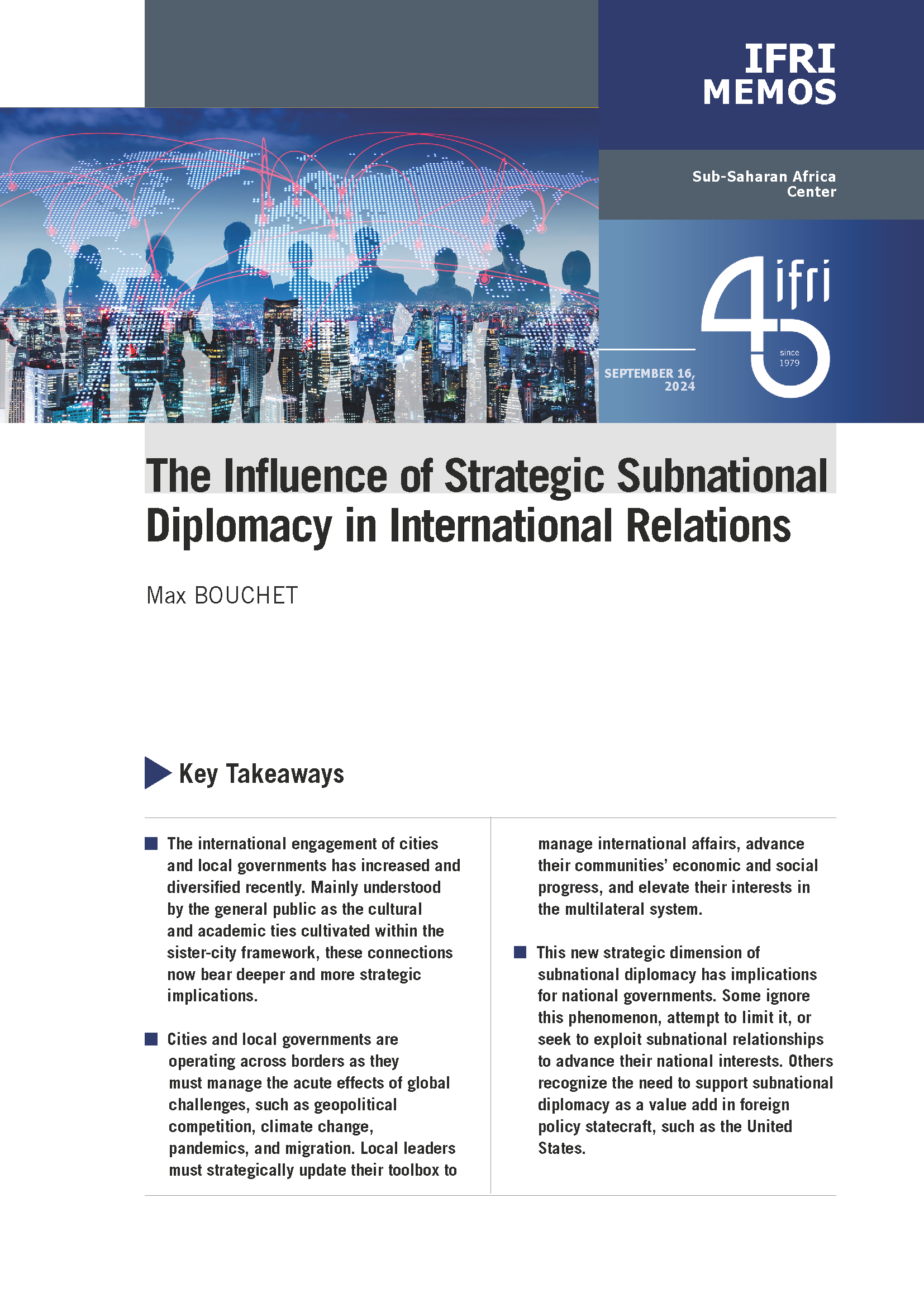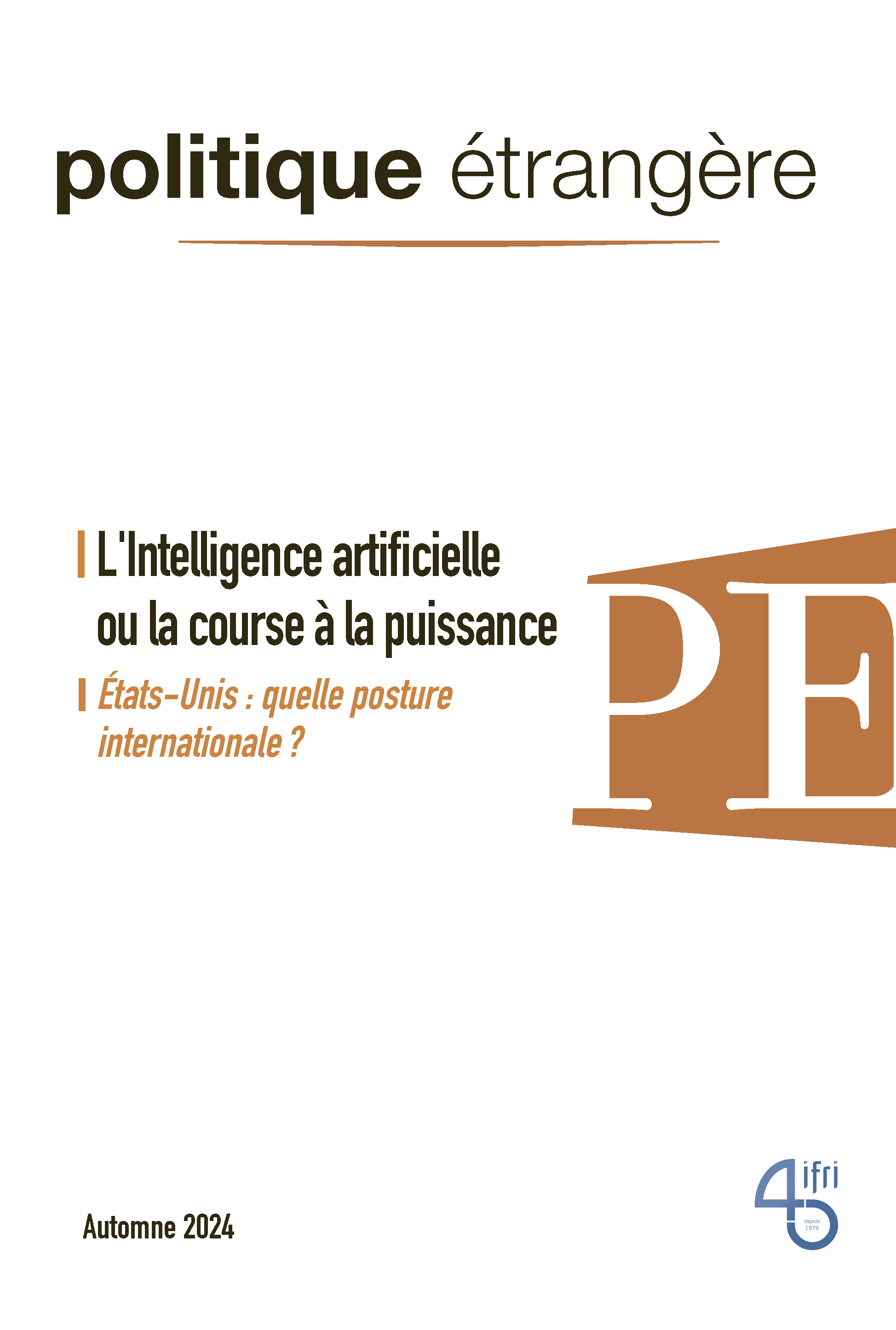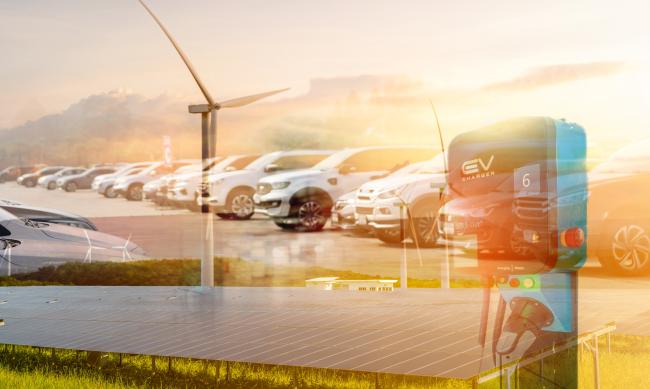February Gas Pains in Europe - Coping Is Not Managing: the Italian Response to the Gas Crisis

The recent cold spell that gripped much of Europe was a test for the European gas network. In many countries temperatures fell dramatically to -10°C during the first week of February, even dropping a bone chilling - 22°C in some places.
As the European Commission(s Director General for Energy Philippe Lowe said during a speech at our Annual Conference last Thursday (February 16) in Brussels, Europe(s gas network was able to respond to the sharp increase in demand despite a simultaneous drop in supply from Gazprom.
Indeed, a 2009-type crisis was avoided, no gas shortage occurred, and the countries depending on Russian gas did not experience the same disruptions. Yet, can we consider the outcome a success?
Only partially. The good news is that the infrastructure investments made in accordance with the Security of Supply Directive (SoS) proved adequate - i.e. storage facilities and reverse flow at interconnection points to ensure gas supplies to households for at least 30 days under severe conditions functioned properly. The bad news is that the market structure failed. Opaque metering practices, exchange of accusations between transit countries and main suppliers showed once again the need for a more transparent internal market and a more diversified supply strategy.
The Italian case provides for a useful basis for discussion.
Confirming the need for diversification of supply.
Italy is one of the biggest European gas markets with high levels of gas consumption in domestic heating and electricity generation and also depends on Russian gas for one fifth of its overall demand. On February 7th the country’s gas consumption reached a new peak of 460,9 Million cubic meters (Mcm) - beating the previous record of 459 Mcm set on December 17, 2010. Operators acted rapidly to this spike in demand by increasing their gas supplies at the interconnection points and by drawing gas from storage facilities. However, due to similarly bad weather conditions in Russia, gas deliveries to Italy could not be made in full. On February 4, for example, Russian gas imports were about 30% less than operators" needs, with only 30 Mcm entering the Italian system despite a need for 103 Mcm.
Italy therefore had to turn to Algeria, Northern Europe (reaching the maximum capacity of Transitgas pipeline) and Libya (though deliveries were relatively low due to the slow production pace since the 2011 Libyan revolution). Supply from LNG was on the other hand unexpectedly more difficult to mobilize, since bad sea conditions in the Tyrrhenian and Adriatic seas (West and East sides of the peninsula) prevented the ships from reaching their terminals.
A failure of market rules
The Italian government and regulator (Autorità per l’Energia Elettrica et il Gas - AEEG) managed this extreme situation by issuing a special emergency decision to modify the existing emergency law and the newly introduced balancing market system in order to provide more flexibility for operators. Emergency measures were created when the National Regulatory Authorities (NRAs) applied the SoS 2010 Regulation in order to face disruption crises and emergency situations. But in the Italian case these emergency rules were not fully applied, creating uncertainty among operators. What’s more, a simultaneous AEEG regulation in the electricity market introduced a controlled activation of oil fire plants, overcoming merit order and CO2 emissions limits. As a result, the nascent gas balancing market was not allowed to function, sell and buy prices were de-correlated and there were no incentives for responding to scarcity signals. This regulatory intervention prevented price signals from working correctly and to test the effectiveness of the recently introduced market rules.
Storage vs Imports.
Gas storage facilities (UGS) were relatively full when the cold weather began. Since winter had been very mild during the weeks before the falling temperatures started, these facilities were able to respond to the sharp increase quite effectively.
ENTSOG Winter 2012 Outlook predicted the overall resilience of UGS before the cold weather began. While this assumption weakens the recent Gazprom calls for more access to European storage, it does not diminish the importance of an overall survey of storage rules in the different countries. Storage access is managed differently among European countries, with regulated versus negotiated systems applied to these facilities, adding complexity to crisis management solutions.
Finally, the quarrel over “who kept the gas for themselves instead of honoring the supply and transit contracts” showed once again the need for more transparency in the transit pipelines rules. Or at least, a clear definition of what a transit pipeline is and which part is to be considered part of a national transport system.
Overall, Europe’s gas system was able to satisfy the sharp demand increase. However, in Italy this positive outcome was made possible by bending established market rules.
Will the current drafting activity that is going on in Brussels and Ljubljana in order to create the first European Network Codes give some answers? (Maybe, but at what price?)

Also available in:
Regions and themes
Share
Related centers and programs
Discover our other research centers and programsFind out more
Discover all our analysesThe Aluminum Value Chain: A Key Component of Europe’s Strategic Autonomy and Carbon Neutrality
The United States of America (US), Canada and the European Union (EU) all now consider aluminum as strategic. This metal is indeed increasingly used, especially for the energy transition, be it for electric vehicles (EVs), electricity grids, wind turbines or solar panels.
The EU Green Deal External Impacts: Views from China, India, South Africa, Türkiye and the United States
Ahead of June 2024 European elections and against the backdrop of growing geopolitical and geoeconomic frictions, if not tensions, between the EU and some of its largest trade partners, not least based on the external impacts of the European Green Deal (EGD), Ifri chose to collect views and analyses from leading experts from China, India, South Africa, Türkiye and the United States of America (US) on how they assess bilateral relations in the field of energy and climate, and what issues and opportunities they envisage going forward.
Electric Vehicles: A Strong and Still Understated Performance
Electric vehicles (EVs) are better for the climate – even in worst-case scenarios. Across its life cycle, a typical European electric car produces less greenhouse gas (GHG) and air pollutants or noise than its petrol or diesel equivalent. Emissions are usually higher in the production phase, but these are more than offset over time by lower emissions in the use phase. According to the European Environment Agency’s report on electric vehicles, life cycle GHG emissions of EVs are about 17-30% lower than those of petrol and diesel cars.
How Can the Green Deal Adapt to a Brutal World?
The European Green Deal has not been planned for the current extraordinarily deteriorated internal and external environment. Russia’s war in Ukraine, higher interest rates, inflation, strained public finances, weakened value chains, and lack of crucial skills pose unprecedented challenges.










